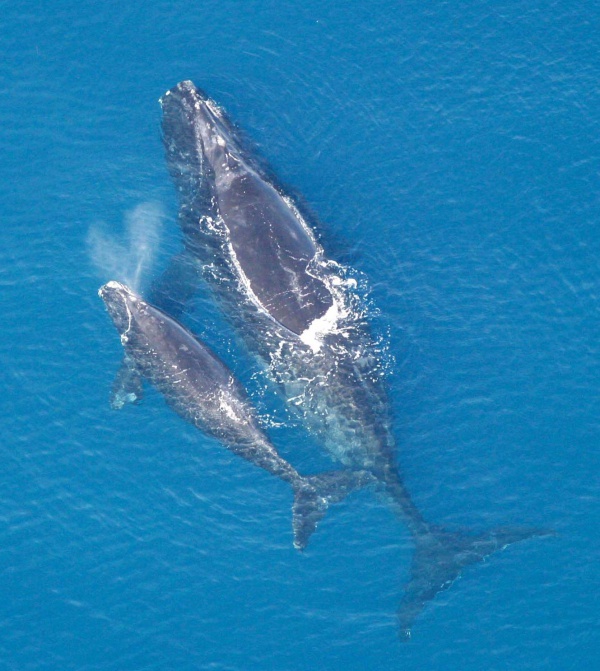Facts About Northern Right Whale
The North Atlantic right whale, a gentle giant of the sea, belongs to the genus Eubalaena. Known for their calm demeanor, slow feeding habits, and thick blubber, these whales were once heavily hunted, making them one of the most endangered whale species today. There are only about 400 individuals left in the western North Atlantic. They face significant threats from ship collisions and entanglement in fishing gear.
These whales are easy to identify, as they lack a dorsal fin and have unique callosities on their heads. Their diet mainly consists of tiny organisms like copepods and small invertebrates.
Behaviorally, North Atlantic right whales are noted for their promiscuous breeding habits. Females give birth after a year-long pregnancy. Unlike their southern relatives, these whales are less active, spending much of their time near the surface, where they engage in mating and social interactions with other whales and dolphins. Scientists study their vocalizations using automated methods, and these whales feed by skimming through prey patches just below the ocean's surface.
In terms of classification, North Atlantic right whales belong to the family Balaenidae and are closely related to other right whale species. Historically, they suffered greatly from whaling, especially by the Basques and Americans, which drastically reduced their population. Today, they are protected under the U.S. Endangered Species Act and the Marine Mammal Protection Act.
Human activities pose significant risks to these whales, with ship strikes and fishing gear entanglements being the leading causes of death. Climate change and noise pollution also threaten their survival. To combat these issues, measures such as vessel speed limits, altered shipping lanes, and disentanglement efforts have been implemented.
The western North Atlantic population is currently more stable compared to the eastern population, which is nearly extinct. However, recent sightings in various regions offer hope for potential re-colonization. Conservation efforts are supported by international agreements and protective listings.
Whale watching along the east coast of North America offers a chance to see these magnificent creatures. Reporting sightings helps with research and conservation efforts. Boaters are urged to follow guidelines to ensure the safety and protection of these endangered whales.

 Western Sahara
Western Sahara